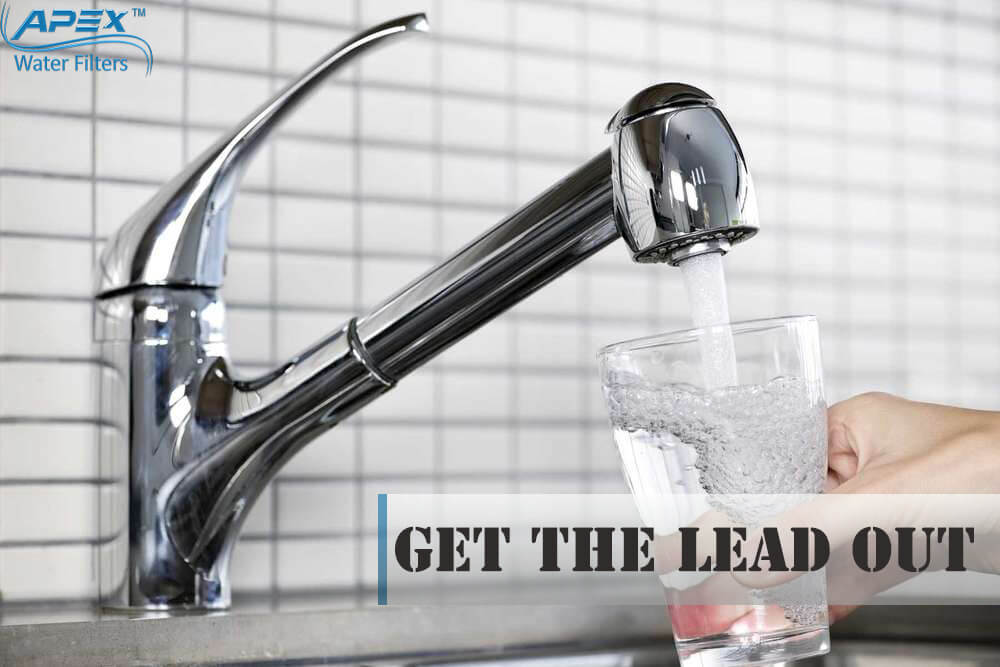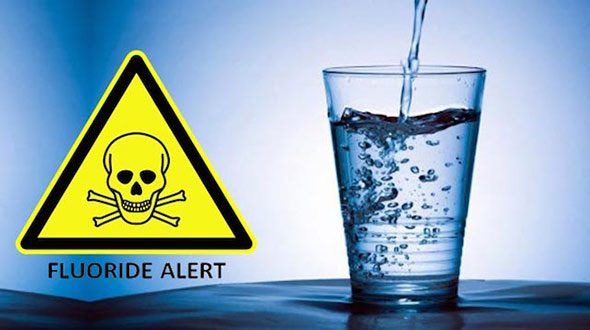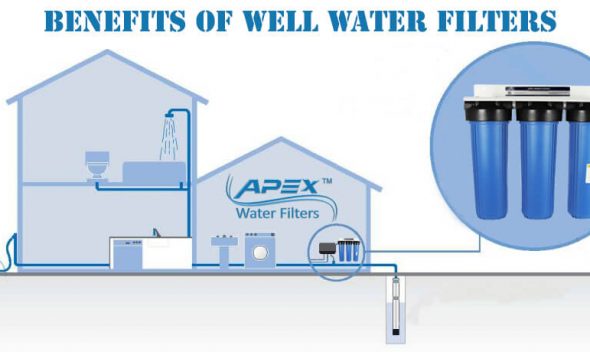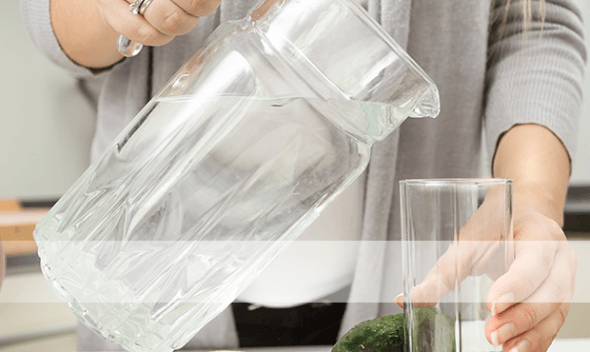Lead is abundant in our water and is one of the biggest environmental and health threats. After the recent Flint water crisis, many eyes were raised regarding the amount of lead in water depending on the area that people live in. There are a lot of contaminants in our drinking water that pose a serious threat to our health.
Lead is a neurotoxin that was used extensively in building material of pipes many years ago. Just because the pipeline system was not changed even after so many years, the degradation of pipe materials released heavy amounts of lead into the water supply.
What does lead do to our health?
Lead is a neurotoxin which causes brain disorders and heavy damage to kidneys. Lead also damages the red blood cells and the walls of the blood stream. It is quite dangerous for pregnant ladies because it is life threatening for unborn babies as well as infants. Even for the young children up to 7 years of age, it can cause serious damage to nervous system and cause many abnormalities and disabilities like:
- Delay in mental and physical development
- Reduced IQ
- Attention disorder
- Problems related to general behavior
- Brain and nervous system damage
How can you remove lead from water?
Fortunately, lead can be removed from our drinking water. By far, one of the easiest ways to remove lead from water is by using the right water filter after identifying the contamination source and intensity of accumulation of lead per gallon. It is really important to find out the source of generation of lead into the water supply.
Most of the American water supply pipelines are made of copper whose fixtures are connected using corroding solders which release lead in huge amounts. This problem is higher especially in areas where houses and drainage systems were built before 1986. So, if you are using the city water supply for your water needs, then there is nothing you can do to clean the water source except for changing the water source itself.
But if the water supply is from a private source like a bore or well, then you can look for options regarding the removal of lead right from the source. The issue is the sitting period of water in the pipelines. Longer the water sits in those pipelines, more likely it is to accumulate lead. If removing the source of lead accumulation seems to be expensive, then one can always use the cheapest method to clean the water coming into the house itself using the right water filters according to the requirement and conditions.
The right filtration methods to remove lead from water
It is easy to install a water filter for removing lead, but it is much tougher to find the right one based on your requirements. However, there are 3 basic water filtration methods used for removal of lead:
1. Reverse Osmosis
Reverse Osmosis is the most widely used and cheapest method to reduce the level and remove lead from water. Complete Reverse Osmosis is not available commercially as it is very expensive and is used by high end water filtration units only. But, partial reverse osmosis which most of the water filter companies sell is cheap and eliminates 95% of lead from water.
Related Post: Benefits of reverse osmosis filter system
2. Activated Carbon Filtration
Activated carbon absorbs heavy metals like lead, magnesium and many other harmful contaminants. But, not every carbon activated filtration removes lead completely. The filter cartridges get filled up quickly and need frequent replacement. The lead removing capabilities of the filters also deteriorates after processing a certain amount of water depending on the quality and power capability of the filters.
3. Distillation
Distillation provides almost pure H2O. But, this is one of the most expensive methods to remove lead from water and gets cheaper as the amount of water filtration in a single go increases. The method is quite effective in removing lead from water even after longer duration of usage and requires less replacement of filtration cartridges too. Distillation uses a lot of electricity to work too and also takes a lot of time to process.
Top 6 water filters to remove lead from water
There are many types of water filters that efficiently remove lead from water. But finding the right one according to your requirements gives you the best value for your money. But it is mandatory to check some things before you go for any of the below types of water filters.
You should look for NSF (National Sanitation Foundation) certification for any water filter that you buy as the standards required to get the NSF certifications are quite high in both terms of quality and energy conservation. The certification required for water filters is NSF Standard 53.
1. Reverse Osmosis Filters
RO systems are capable enough to remove 94% to 97% of lead from water. But some amount is left in water after the filtration as the systems available for personal use or commercial uses are not complete reverse osmosis systems. It is suggested to add an activated carbon filter cartridge to the RO to get completely pure water free from lead.
2. Filter Pitchers
Regular filter pitchers use coconut based activated carbon along with ion exchange resin to reduce the levels of lead in water by a great margin. They are portable and come in handy for personal uses because of their cheap costs and energy efficient working. Filter pitchers need an additional certification of standards called the WQA certification which proves that they remove up to 99% of lead from water.
3. Faucet Mount Units
There are many water filter units available in the market which can be installed right over the faucets. They are useful in removing lead, mercury, microbiological cysts, chlorine, disinfection byproducts and several pharmaceuticals. These units do not require electricity to operate and work based on the pressure per gallon of the water supply coming to the faucet. If your water supply PPG is not above 50 scales, then you might need a water pump across the water main line to get the best results. The filter cartridges need frequent replacement but are quite cheap in cost.
4. Whole House Filters
Point of entry or whole house water filters are installed to the mainline before water comes into the house. Whole house water filters are really effective in purifying well water and essentially reduce the level of iron and lead from it. One of the best categories suitable for large water units above 100 gallons per day usage are 15ppb and 25 ppb filters. For commercial usage or on a large scale of up to 1, 50,000 gallons per day, 100ppb water filters are suitable.
5. Shower head filters
Lead can destroy your hair. Direct contact of lead with the scalp can let the water penetrate directly into the skull leading to severe brain disorders even in adults. Shower filters use a special media to filter out up to 99% of lead from water. They also remove the increased level of lead from hot water that comes from the water warmers.
6. Undercounter purifiers
One of the most used drinking water purifiers are under counter water filters. They do not work on RO process and have a different filtration process which is capable of removing up to 99.9% of lead from water. Under sink filters also come with temperature control to not let lead accumulate in the containers either. As these are inline filters, the installation is very easy and cheap too.










Leave a comment
You must be logged in to post a comment.